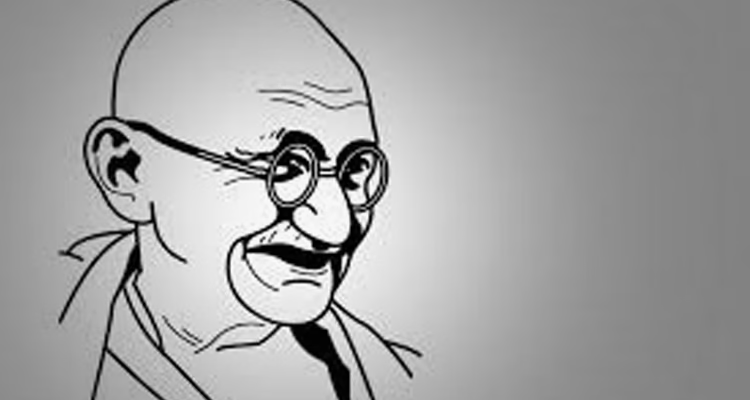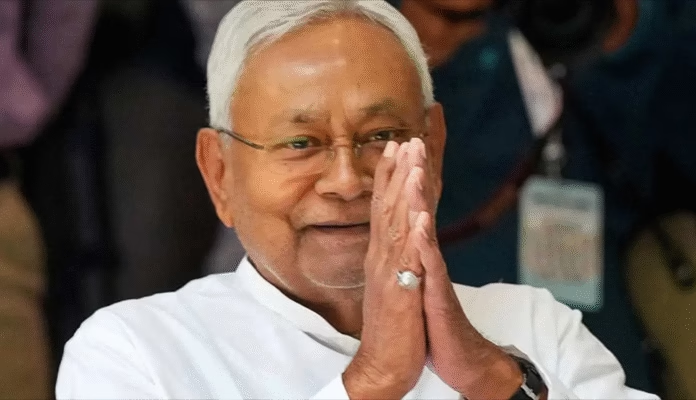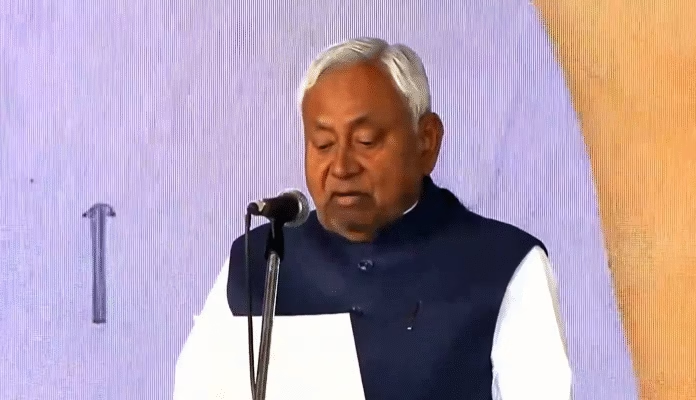
Gandhi Lives in Every Act of Conscience
 by Dr. Piyush Raja
by Dr. Piyush Raja
On that fateful evening of January 30, 1948, when three bullets pierced through the frail body of Mohandas Karamchand Gandhi at Birla House in New Delhi, the world wept. India mourned. Millions felt orphaned. Yet, in the seventy-seven years that have passed since that tragic moment, something remarkable has become evident: Gandhi will not die. He cannot die. For what was killed that day was merely a body. The idea, the spirit, the philosophy that was Gandhi continues to breathe, to inspire, to challenge us even today. Gandhi called his philosophy ‘satyagraha’, the force of truth. And truth, by its very nature, is eternal. You can suppress it, ignore it, even try to shoot it down, but truth has a stubborn way of surviving, of resurfacing when least expected, of asserting itself in the darkest hours. Every time a protestor chooses to sit peacefully rather than throw a stone, every time a community refuses to retaliate against violence with more violence, every time someone speaks truth to power without fear, Gandhi lives.
Look around our troubled world today. From the streets of Hong Kong to the squares of Belarus, from the climate strikes led by young activists to the movements for racial justice, we see echoes of Gandhian resistance. These protestors may not wear khadi or spin the charkha, but they carry forward his essential message: that moral force is superior to physical force, that conscience can defeat cannons, that the arc of history, however long, bends toward justice. Gandhi’s immortality does not reside only in grand movements or historic protests. It lives in the small, everyday choices of ordinary people. When a teacher in a remote village educates children regardless of their caste, Gandhi lives. When a person chooses to buy local products over imported goods to support community livelihoods, Gandhi lives. When someone fasts not for publicity but to purify their own spirit and stand in solidarity with the suffering, Gandhi lives. His ashram at Sevagram may be a museum now, but the principles practiced there, simplicity, self-reliance, dignity of labor, equality, continue to find expression in intentional communities, sustainable living movements, and grassroots development work across the globe. The spinning wheel he popularized may have given way to modern cooperatives and fair-trade movements, but the core idea remains unchanged: economic independence is the foundation of political and spiritual freedom.
Martin Luther King Jr. once said, “Christ gave us the goals and Mahatma Gandhi the tactics.” King’s successful campaign against racial segregation in America was a testament to Gandhi’s enduring relevance. He proved that what worked against British imperialism in India could work against institutionalized racism in America. Nelson Mandela, in his long struggle against apartheid, drew deep inspiration from Gandhi’s South African experience. The Dalai Lama continues to advocate for Tibet’s freedom through Gandhian nonviolence despite decades of occupation. These weren’t mere admirers paying tribute to a historical figure.
They were practitioners who discovered that Gandhi’s methods worked, that his philosophy was not bound by geography or era, that his truth was universal. And in our own time, we see his spirit in Malala Yousafzai’s peaceful crusade for girls’ education, in Greta Thunberg’s climate activism, in countless unnamed heroes who choose the harder path of peace over the easier road of violence. Part of what keeps Gandhi alive is that he continues to make us uncomfortable. His questions still sting. His standards still feel impossibly high. How many of us can honestly say we live simply so that others may simply live? How many of us resist the temptation to dehumanize our opponents? How many of us have the courage to accept suffering without inflicting it on others? Gandhi never let anyone off the hook, not even himself. He experimented with truth throughout his life, publicly acknowledging his mistakes, constantly evolving. This honesty, this refusal to claim perfection, makes him eternally relevant.
Every generation can engage with Gandhi anew, can wrestle with his ideas, can adapt his principles to their own contexts. He is not a frozen icon in a frame but a living dialogue partner. Today, as hate speech proliferates on social media, as violence is increasingly normalized in public discourse, as the gap between rich and poor widens to obscene proportions, as environmental destruction accelerates, Gandhi’s voice calls to us from across the decades. Not in judgment, but in invitation. He asks us to consider whether the path we are on leads to genuine progress or merely to sophisticated barbarism.
When we see farmers protesting peacefully for months despite hardships, we see Gandhi. When we witness citizens forming human chains to protect places of worship from mobs, we see Gandhi. When young people commit themselves to social service rather than merely personal success, we see Gandhi. When someone forgives rather than seeks revenge, we see Gandhi. The assassin who killed Gandhi believed he could eliminate what the Mahatma stood for. But ideas cannot be killed with bullets. Values cannot be destroyed by violence. Truth cannot be murdered. That is why Gandhi will not die.
As long as there is injustice in the world, there will be need for his methods. As long as there is violence, there will be need for his peace. As long as there is hatred, there will be need for his love. Gandhi lives because he tapped into something fundamental about human nature, our deep longing for dignity, for justice, for meaning beyond material comfort. He showed us that we are capable of extraordinary courage without weapons, of tremendous strength without aggression, of profound change without bloodshed. Every October 2nd, we celebrate his birthday. But Gandhi does not need birthday celebrations or national holidays to stay alive. He lives in every act of conscience, every choice of truth over convenience, every preference for dialogue over discord. He lives whenever humanity chooses to be humane.
The body that fell in Birla House that January evening was merely the vessel. The spirit, the idea, the truth that was Gandhi continues its journey, carried forward not by statues or currency notes, but by living human beings who choose, in their own ways, to walk the path he illuminated. Gandhi will not die because we will not let him die. Because we cannot afford to let him die. Because in our hearts, we know that the alternative to Gandhi is not progress or modernity or realism.
The alternative to Gandhi is despair. And humanity, for all its flaws, is not quite ready to embrace despair. So he walks still, that small man in simple cloth, staff in hand, moving steadily forward, inviting us to follow, reminding us that we are better than our worst impulses, calling us toward our highest possibilities. As long as that invitation resonates, as long as that call is heard, Gandhi will not die. He will live, as truth lives, as love lives, as hope itself lives, eternal and undefeated.



